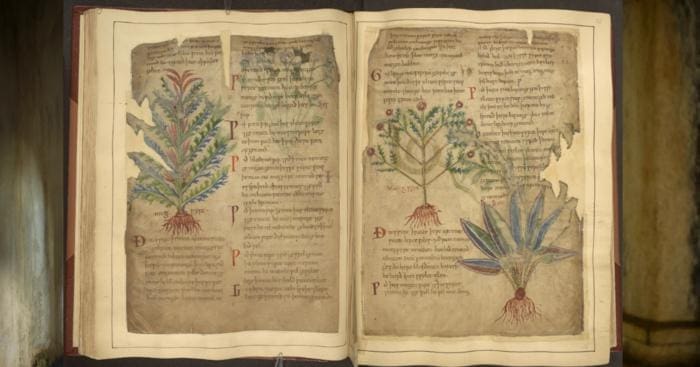Medical innovations from the Middle Ages make a digital comeback
The medical practices of the Middle Ages were much more advanced than has long been assumed. An international research team, including scientists from Binghamton University, has analyzed hundreds of previously little-noticed manuscripts from European monasteries and found that the knowledge of this era was not limited to superstition, but was often based on careful observation and systematic documentation. Women’s monasteries also developed independent networks for passing on and optimizing medical knowledge, with nuns playing a key role in the production and adaptation of specialist literature.

The manuscripts prove that people in the Middle Ages specifically tried to treat illnesses with the best means available to them. They wrote down remedies not only in medical textbooks, but often in the margins of theological or literary writings. These included remedies that are now gaining popularity as modern wellness trends on platforms such as TikTok: from headache ointments with rose oil to care products derived from plants and animals. Herbal medicine in particular, which is still considered effective today, was already based on a sound knowledge of indigenous plants at the time.
The Corpus of Early Medieval Latin Medicine has almost doubled the number of known medical manuscripts. This abundance shows that a lively culture of medical debate and research took place in the supposedly “dark” period. Many methods and recipes that are celebrated today as new trends have centuries-old roots in everyday medical practice in the Middle Ages.
Original Book:
The Corpus of Early Medieval Latin Medicine (CEMLM) is available online and was compiled by members of a team from Binghamton, Fordham, St. Andrews, Utrecht and Oslo.
Editorial office: X-Press Journalistenb├╝ro GbR
Gender note. The personal designations used in this text always refer equally to female, male and diverse persons. Double/triple references and gendered designations are avoided for the sake of better readability ected.




